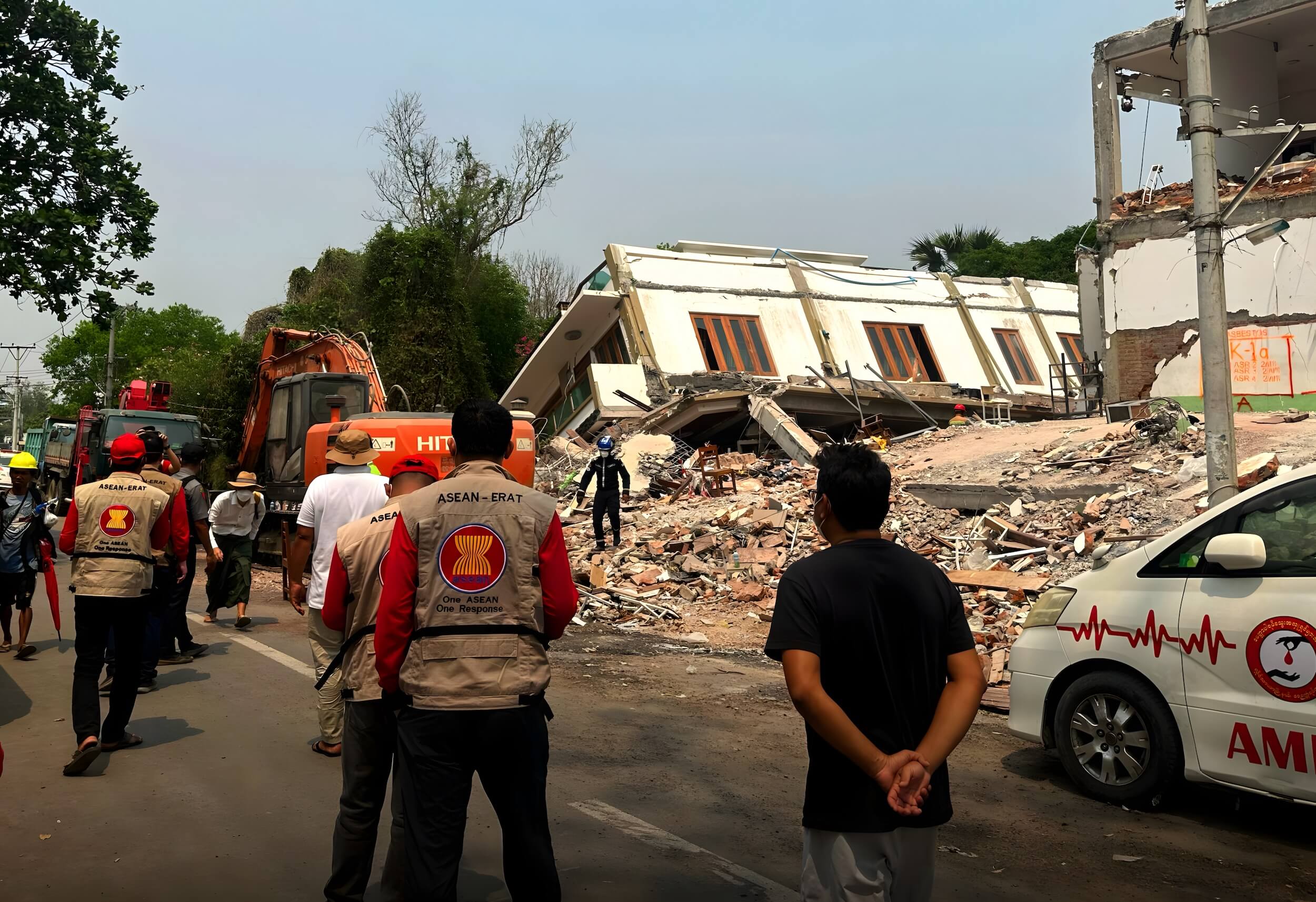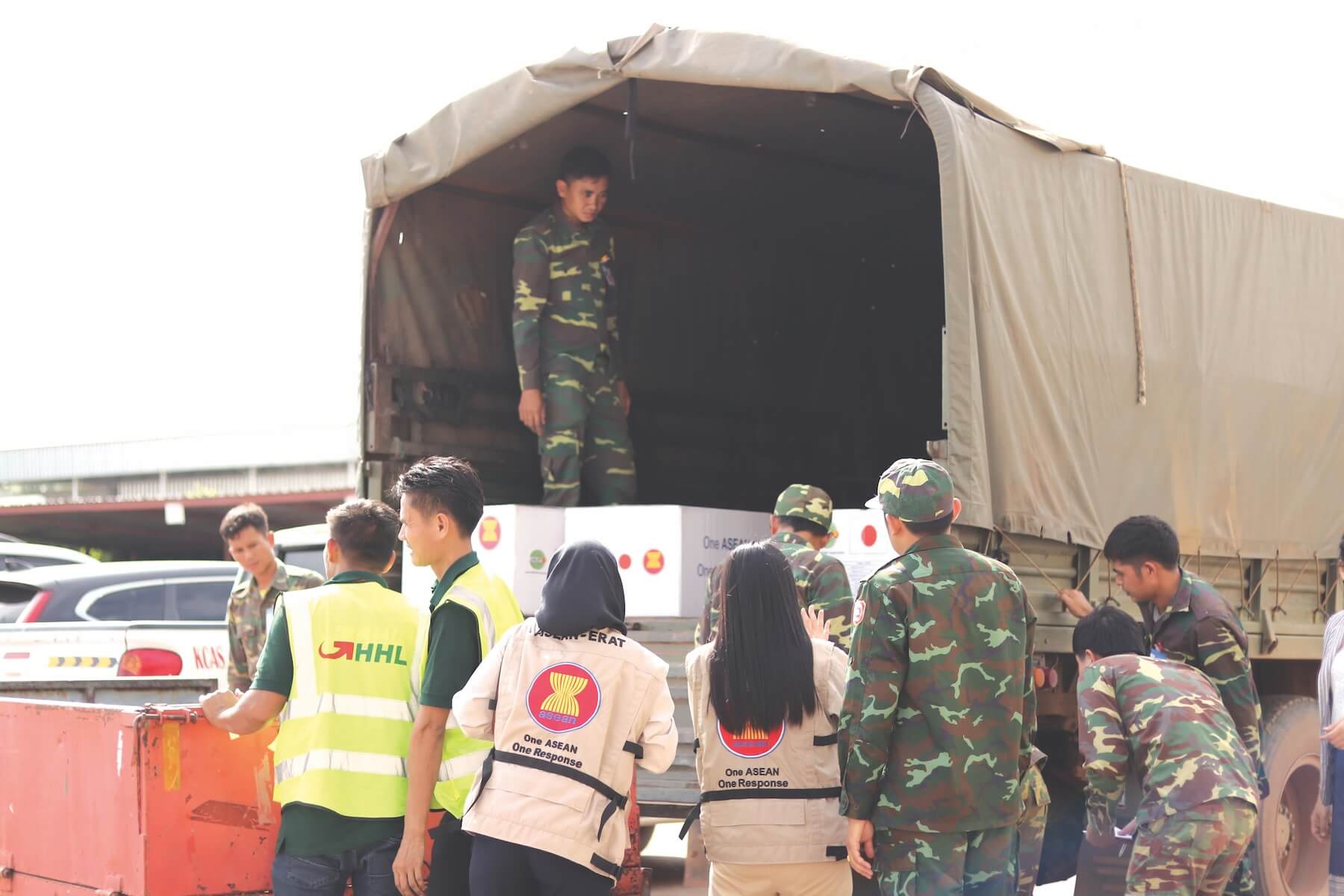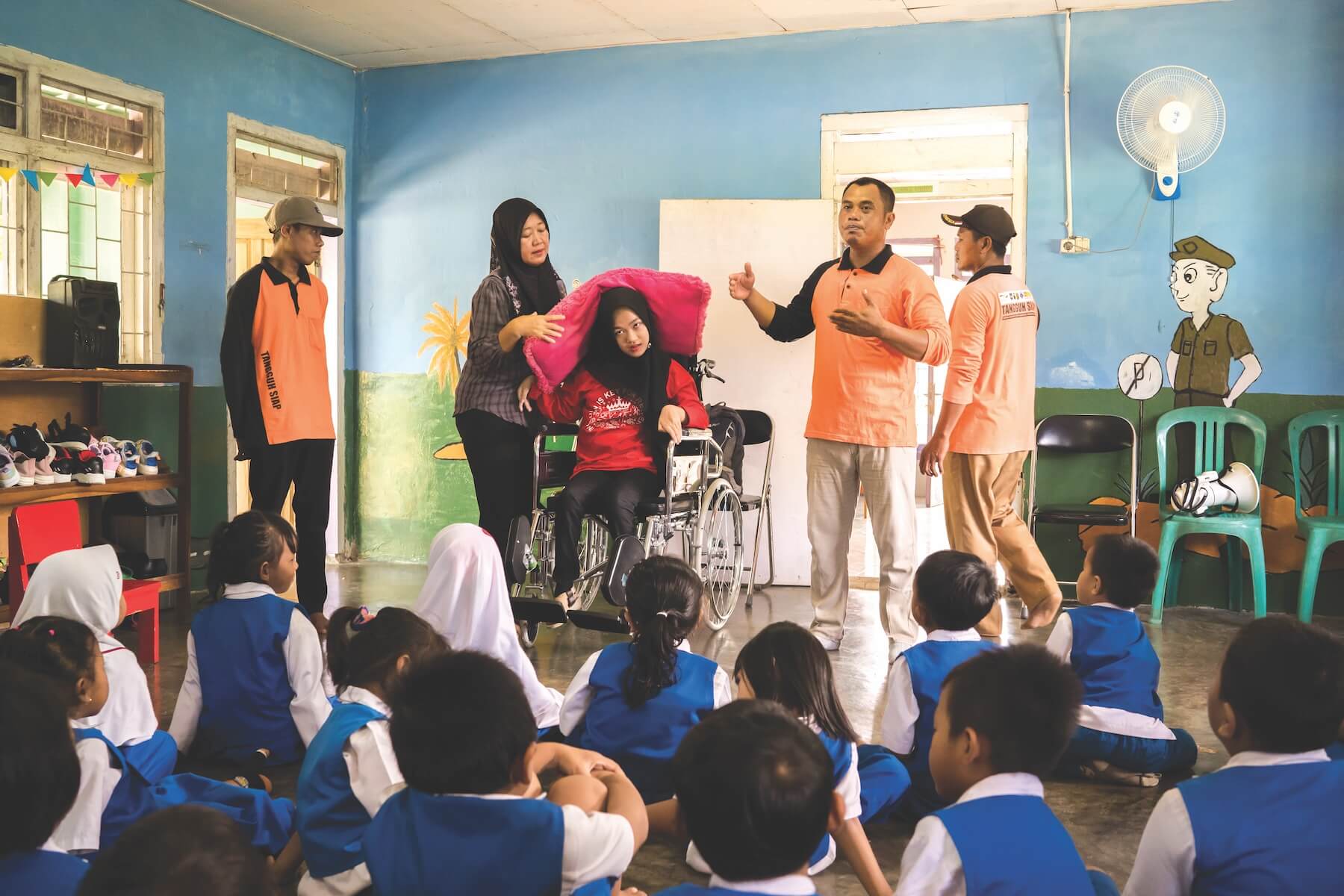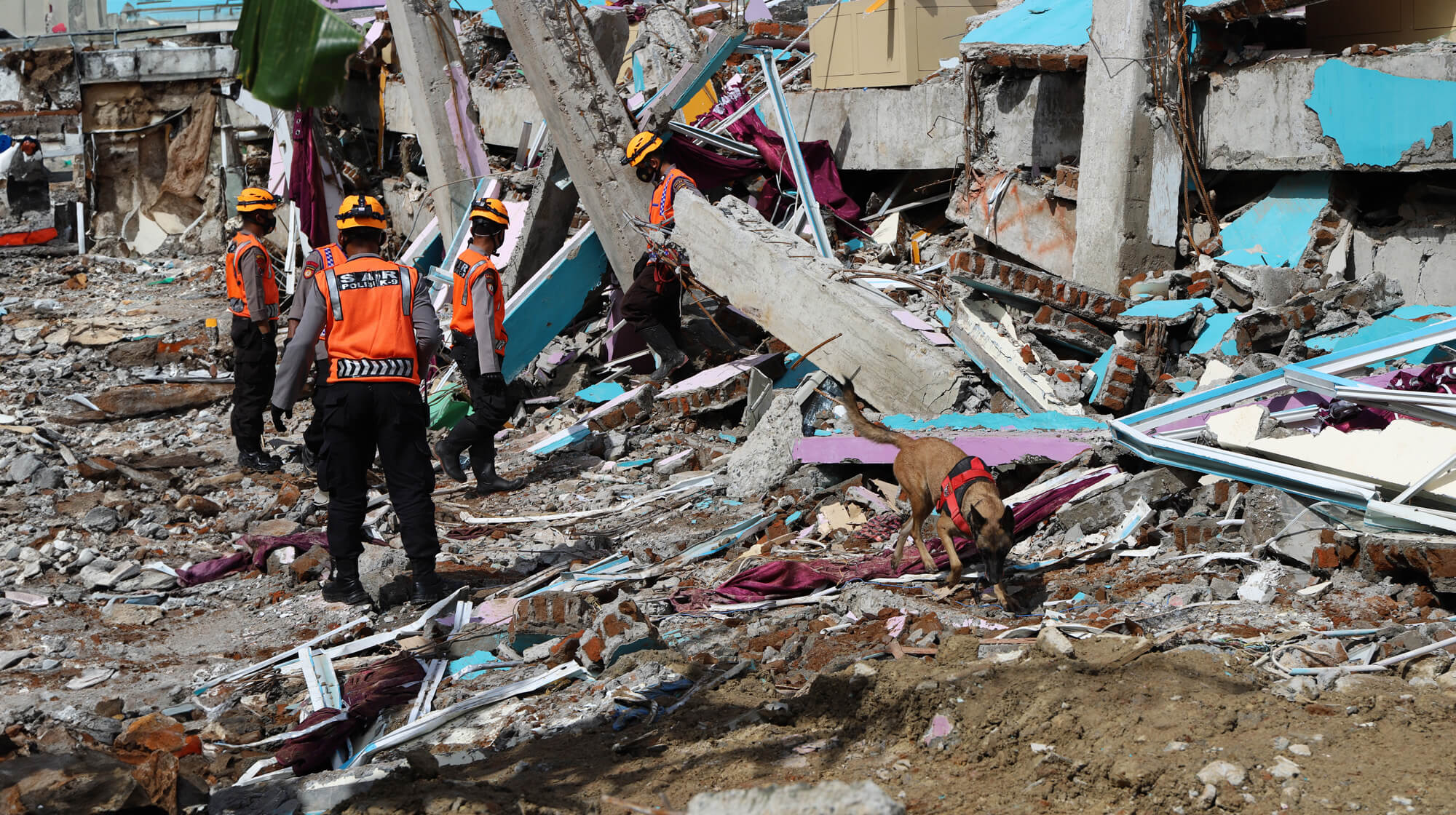



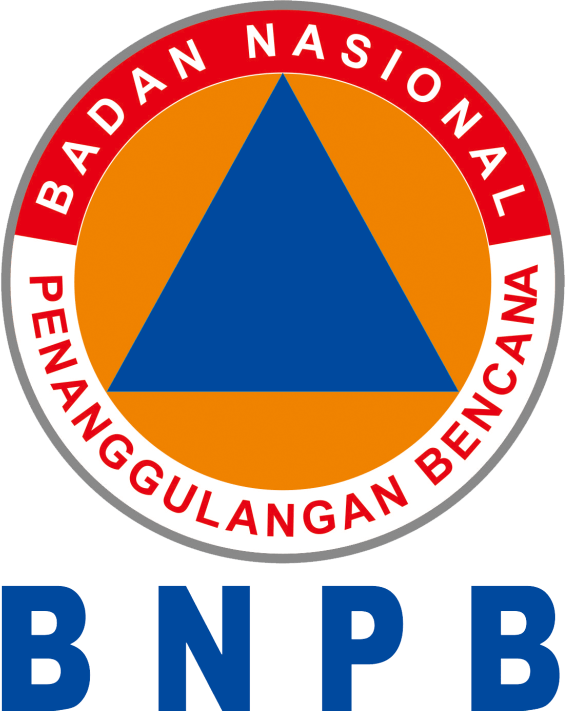
Disasters possess inherent uniqueness. The scale of a disaster impacts the number of fatalities, the damage to infrastructure and the environment, the response time, and the recovery phase. Furthermore, the community’s socio-cultural context shapes responses to emergencies. However, even with these distinct circumstances, disasters offer valuable lessons for the community to build sustainable resilience
Resilience, according to the United Nations Office for Disaster Risk Reduction (UNDRR) website, is “the ability of a system, community or society exposed to hazards to resist, absorb, accommodate, adapt to, transform and recover from the effects of a hazard in a timely and efficient manner, including through the preservation and restoration of its essential basic structures and functions through risk management.” The concept was also emphasised at the 7th Global Platform for Disaster Risk Reduction (GPDRR) in May 2022 in Bali, Indonesia.
Speaking of Indonesian disasters, the agency responsible for disaster management in the country, the Indonesia National Disaster Management Authority (BNPB), recorded 2,392 disasters from 1 January to 7 August 2023. The figure was dominated by hydrometeorological disasters, such as floods, which occurred 781 times; extreme weather and landslides, which occurred 778 and 411 times, respectively. In addition, there were 339 forest and land fire events, 38 droughts, 22 tidal waves and abrasion, 21 earthquakes, and two volcano eruptions. According to the decade-long data, the most common disasters in Indonesia were hydrometeorological disasters, such as floods, landslides, and extreme weather, which severely affected communities.
These disasters resulted in 194 deaths, 5,546 injuries, and more than 3.7 million people affected and displaced. The disasters also destroyed 23,268 houses (light, medium, and heavily damaged).
Sustainable resilience is a challenge for Indonesia in dealing with disasters, not to mention the combination of natural and non-natural disasters, such as the COVID-19 pandemic and global climate change, which pose another set of challenges. However, despite its challenges, Indonesia is still optimistic, as one of the long-term objectives outlined in Indonesia’s Master Plan of Disaster Management 2020–2044 is to sustain Indonesia’s resilience to emergencies.
Indonesia, an archipelagic country has often been referred to as the world’s lungs. During the 7th GPDRR, the country introduced, encouraged, and supported the region and the world in developing sustainable resilience.
In the meantime, the ASEAN Coordinating Centre for Humanitarian Assistance on disaster management (AHA Centre) reported that there were 6,135 fatalities in the Southeast Asian region as a result of natural disasters between 2015 and 2020, out of 79,834 casualties worldwide, with a total economic loss of 11.1 billion US dollars. Approximately 104.5 million people were impacted, and more than 10.8 million individuals were forcibly displaced between 2015 and 2021 due to emergencies. The figure demonstrates that the area was in the disaster zone, which also required the development of sustainable resilience.
President Joko Widodo, at the 7th GPDRR’s opening session in Bali, Indonesia, 25 May 2022, conveyed that community resilience and preparedness affect the emergency response and the impacts (the number of losses and damage resulting from disasters).
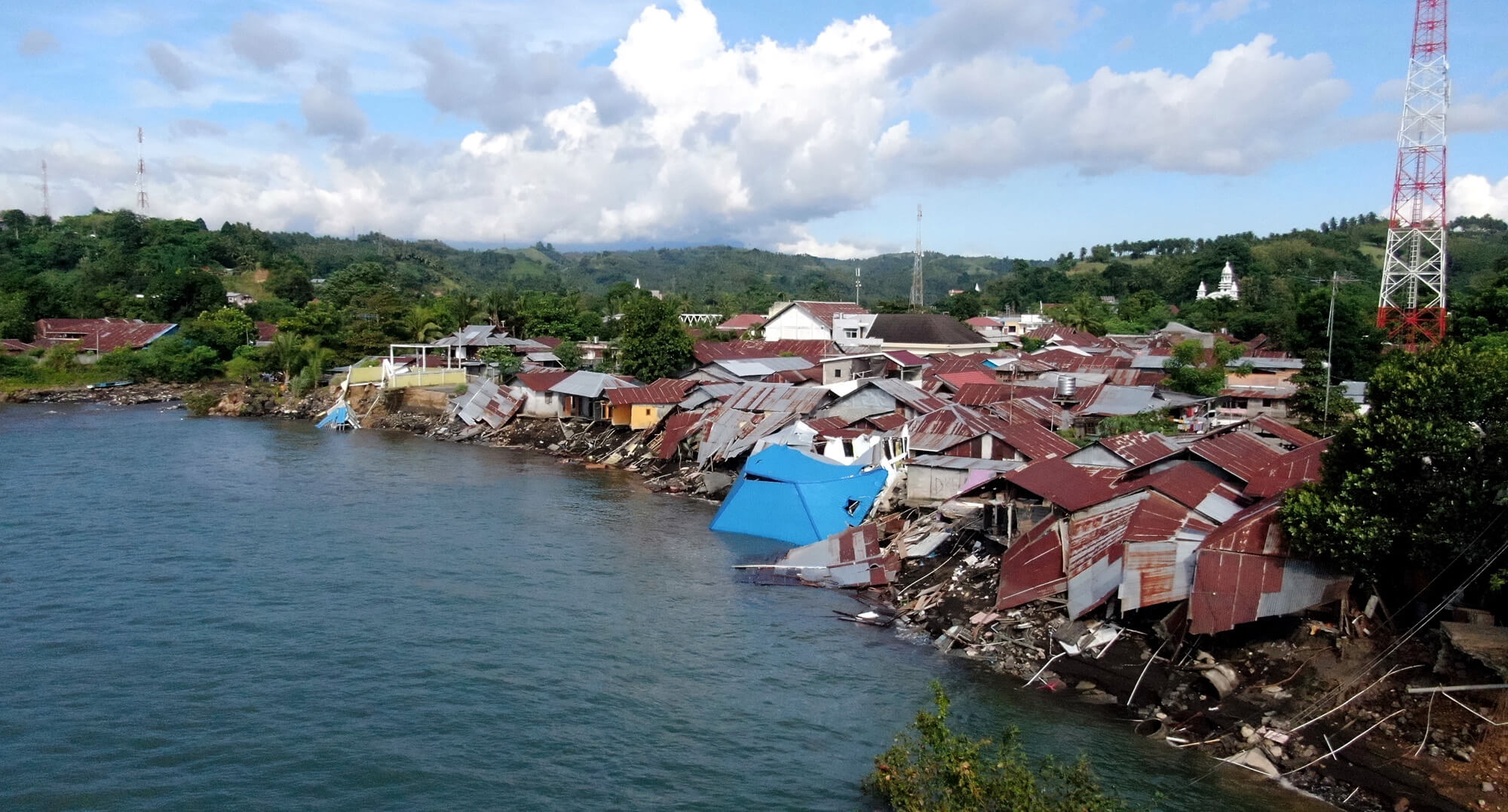
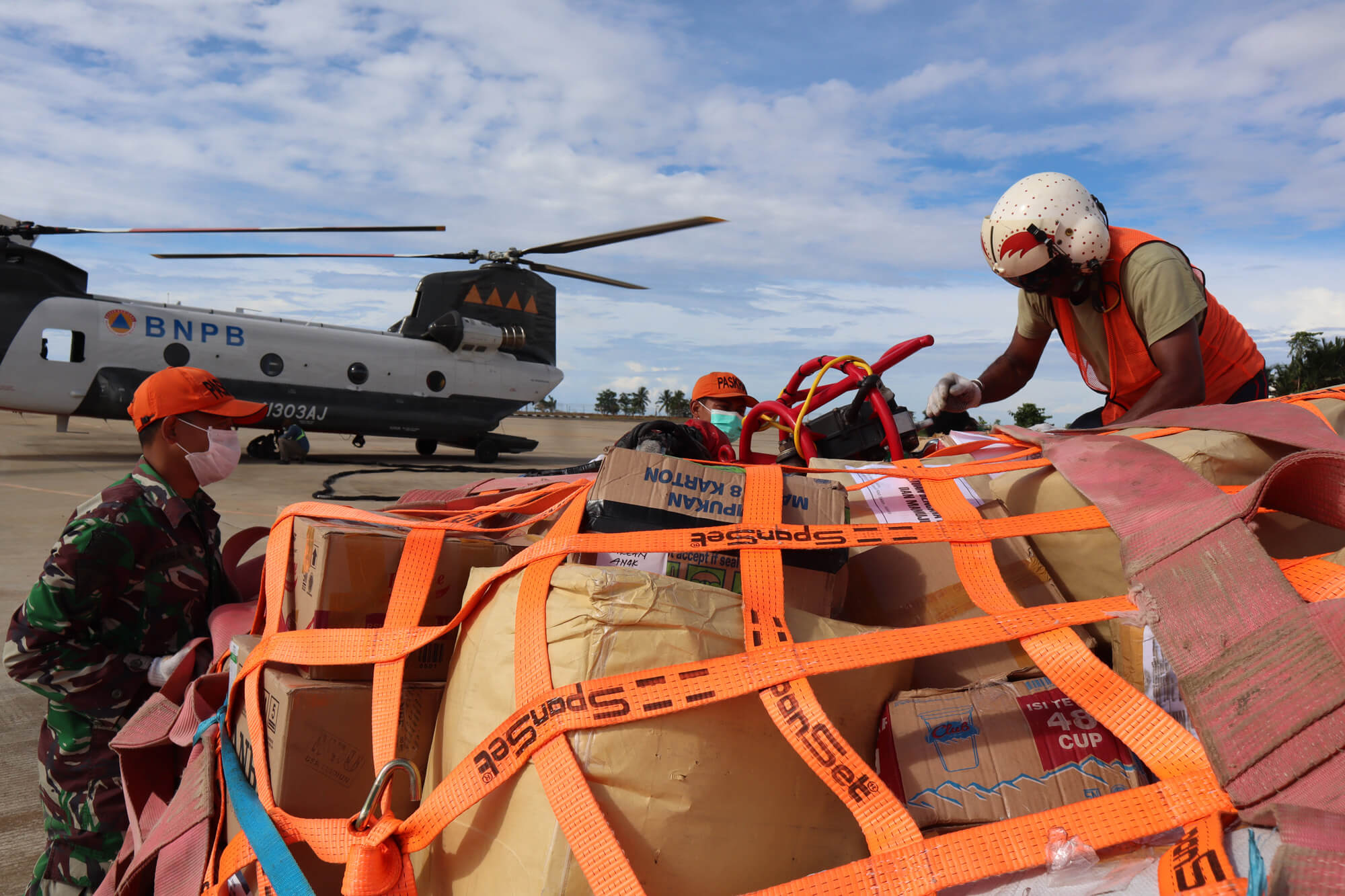
“The more unprepared the community, the greater loss might be encountered. Moreover, the globe is currently dealing with climate change,” stated President Joko Widodo.
In his remarks, the President also stressed that “we must strengthen the culture and institutions of disaster preparedness that are anticipatory, responsive and adaptive in dealing with disasters.” Further, Indonesia aspires to invest in science, technology, and innovation, including ensuring financial access and technology transfer. Additionally, it hopes to take into account resilience to climate change and building codes while planning infrastructure.
To support the idea, the Indonesian government emphasises the local and national commitment to implement global agreements, such as the Sendai Framework, the Paris Agreement on climate change, and the Sustainable Development Goals.
On the other hand, Indonesia introduced the common good practice to establish and maintain Indonesia’s disaster resilience. BNPB, utilises the five elements, or the so-called peta-helix approach, in disaster management. Penta-helix coordination includes government, experts/academicians, communities, the private sector, and the media. Each element has a specific role in improving community resilience and managing disaster, depending on its capacities, capabilities, and resources.
Undeniably, the involvement of the community and the private sectors adds significant value to disaster management. Experiences from the past demonstrate that during the response and recovery phases, the community’s collective efforts to support one another reflect the community’s resilience in an emergency.
As in the aftermath of a 5.6-magnitude earthquake in Cianjur Regency, West Java Province, on 21 November 2022, more than 7,000 volunteers from various organisations were on the scene to support the emergency response. Meanwhile, during the COVID-19 pandemic, thousands of volunteers across Indonesia assisted the COVID-19 Task Force in controlling the spread of the virus. On the other hand, non-governmental organisations and the private sector provided shelter and economic assistance to the affected people in the aftermath of the Semeru volcanic eruption in East Java Province in 2021.
Disaster management is everybody’s business. Thus, the Indonesian government could only manage it with assistance from others. Other than multi-sector involvement, Indonesia strongly emphasises inclusive and participatory disaster management. Building community resilience in disaster management requires multiple actions and consistency (time management); hence, mutual cooperation among parties is absolute. In the meantime, adhering to the One ASEAN, One Response spirit can help the region build sustained resilience. Finally, as Indonesia’s nationwide disaster resilience strengthens, it can support regional and global efforts towards the same goal.
Authored by Theophilus Yanuarto and Merina Sofiati and translated by Henrikus Adi Hernanto, National Disaster Management Authority, Indonesia




